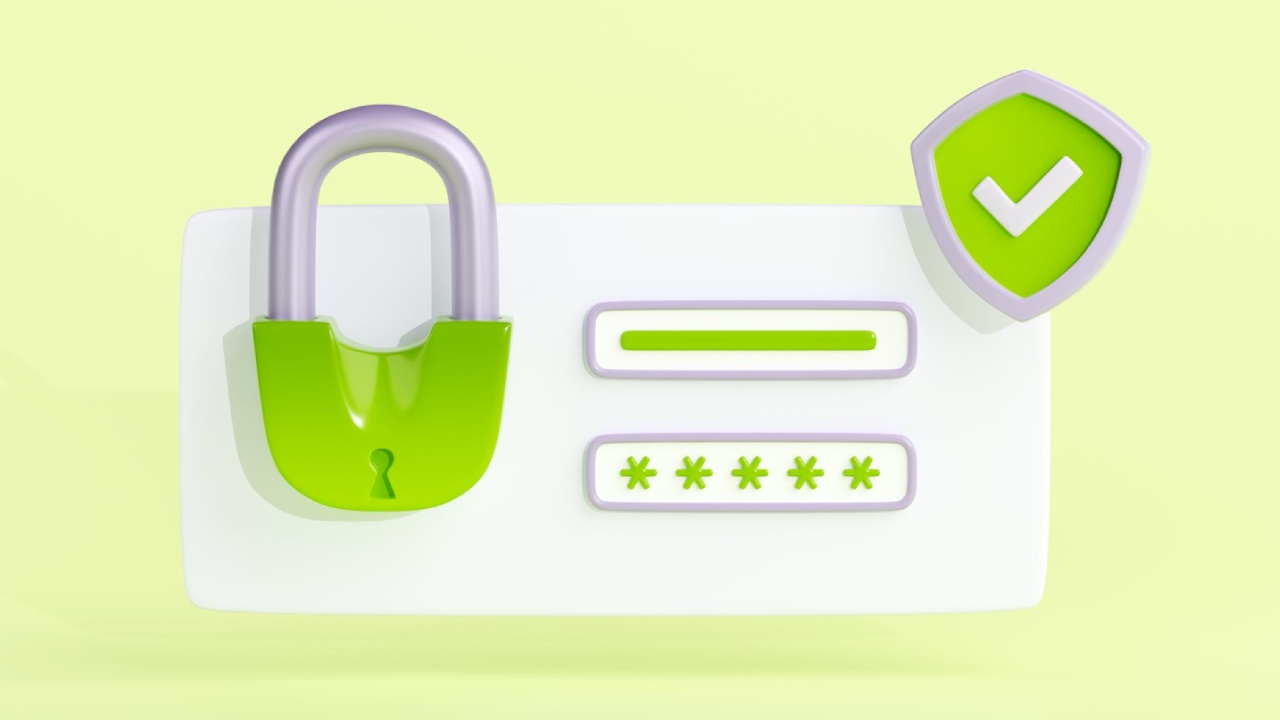In today’s digital age, where almost every aspect of our lives revolves around the internet, the importance of securing our online accounts cannot be overstated. One of the first lines of defense in safeguarding our online presence is creating a strong and secure password. A strong password not only protects our sensitive information but also prevents unauthorized access to our accounts. This article will guide you through the process of creating robust passwords and maintaining their security.
Understanding Password Security
Before diving into the techniques of creating strong passwords, it is crucial to understand the common mistakes people make regarding password security. Many individuals still use weak and easily guessable passwords, such as “123456” or “password.” Others use personal information like birthdates, names, or favorite hobbies, making it easier for hackers to crack their passwords.
Tips for Creating a Strong Password
To ensure that your password can withstand attempts to breach it, follow these tips:
Length and Complexity
A strong password should be long and include a mix of uppercase and lowercase letters, numbers, and special characters. Aim for a password with a minimum of 12 characters.
Avoiding Personal Information
Refrain from using easily accessible personal information like your name, birthdate, or the name of your pet in your passwords.
Utilizing a Mix of Characters
Combine letters, numbers, and special characters in a random order to increase the complexity of your password.
Using Passphrases
Consider using passphrases, which are longer strings of words or sentences, making them harder to crack while remaining memorable for you.
Password Management Tools
In today’s digital landscape, remembering multiple strong passwords can be challenging. This is where password management tools come in handy:
Password Managers
Password managers are applications that securely store all your passwords in one place, protected by a master password. They can generate strong passwords for you and automatically fill them in when needed.
Two-Factor Authentication (2FA)
Enable two-factor authentication whenever possible. It adds an extra layer of security by requiring a secondary code or verification method alongside your password.
Best Practices for Keeping Passwords Secure
Creating a strong password is just the first step. Here are some best practices to keep your passwords secure over time:
Regularly Update Passwords
Change your passwords periodically to minimize the risk of unauthorized access. Update them at least every six months.
Avoiding Password Sharing
Resist the temptation to share your passwords with others, even with close friends or family members.
Beware of Phishing Attacks
Be cautious of phishing emails or websites that may try to trick you into revealing your login credentials.
Using Different Passwords for Different Accounts
Avoid using the same password across multiple accounts. In case one account gets compromised, it won’t jeopardize others.
The Perplexity of Passwords
Perplexity refers to the unpredictability or randomness of a password. The more perplexed your password, the harder it is for attackers to guess or crack it. It’s essential to maintain this perplexity while creating your passwords.
The Burstiness Factor in Password Security
Burstiness, in the context of password security, refers to the idea of using unique passwords for different services and platforms. This strategy ensures that even if one password is compromised, the rest of your accounts remain safe.
FAQs
A strong password is one that is long, complex, and includes a mix of uppercase and lowercase letters, numbers, and special characters.
Passphrases are easier to remember while still offering the same level of security as complex passwords.
Yes, reputable password managers use encryption to keep your passwords secure.
It is not recommended. Using different passwords for different accounts increases your overall security.
It is advisable to change passwords at least every six months to maintain security.
Conclusion
In conclusion, creating a strong password is a fundamental step in protecting your online accounts and personal information from cyber threats. By following the tips provided in this article, utilizing password management tools, and adopting best practices for password security, you can significantly reduce the risk of unauthorized access to your accounts. Remember that the perplexity and burstiness of your passwords play a crucial role in enhancing their strength.


